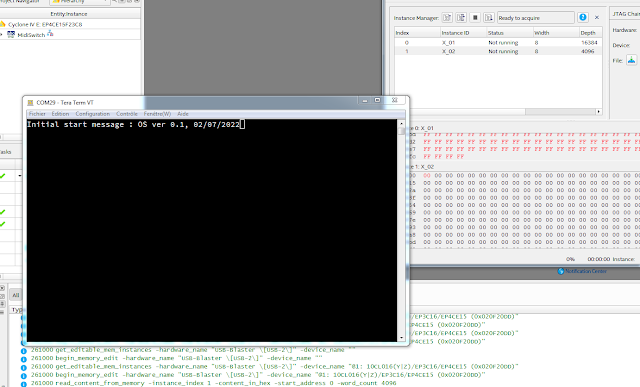Given the relatively small size of the circuit, I thought it was going to be complicated to route all the tracks. Ultimately that was not the case.
Everything is not routed according to the rules of the art. That's not bad, it will allow me to put my finger on the potential problems more easily.
We just have to wait for the receipt of the printed circuit...










